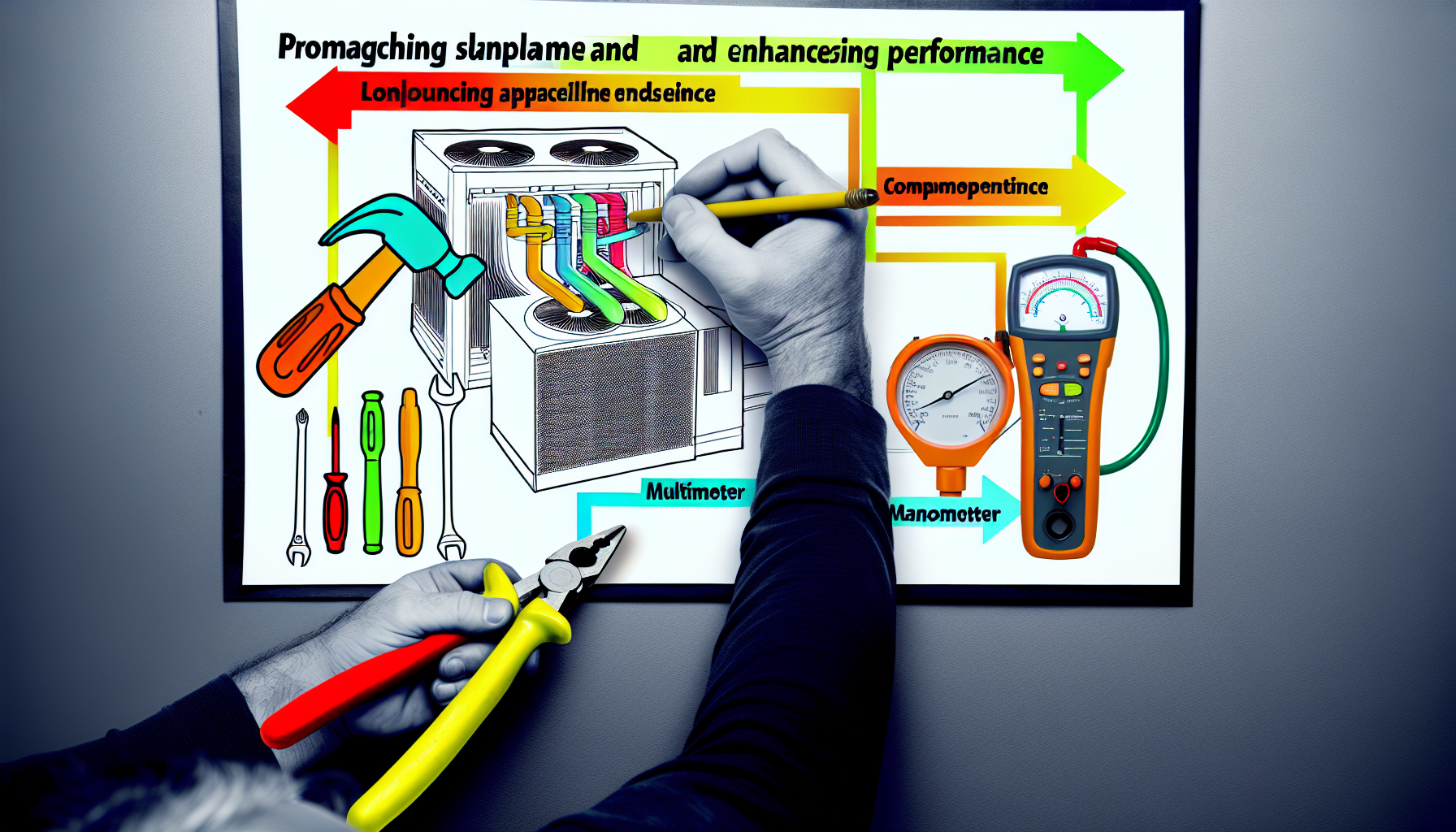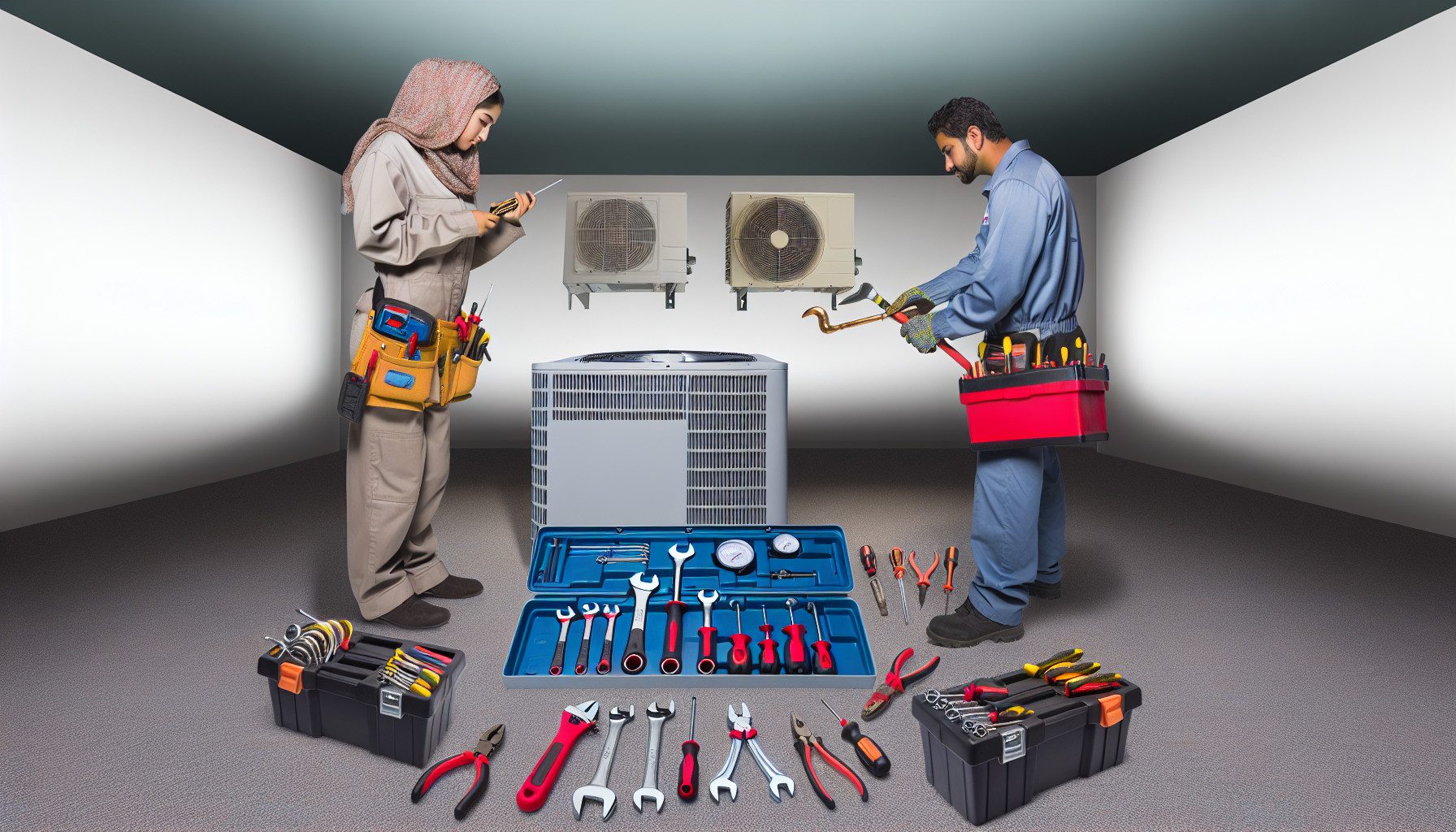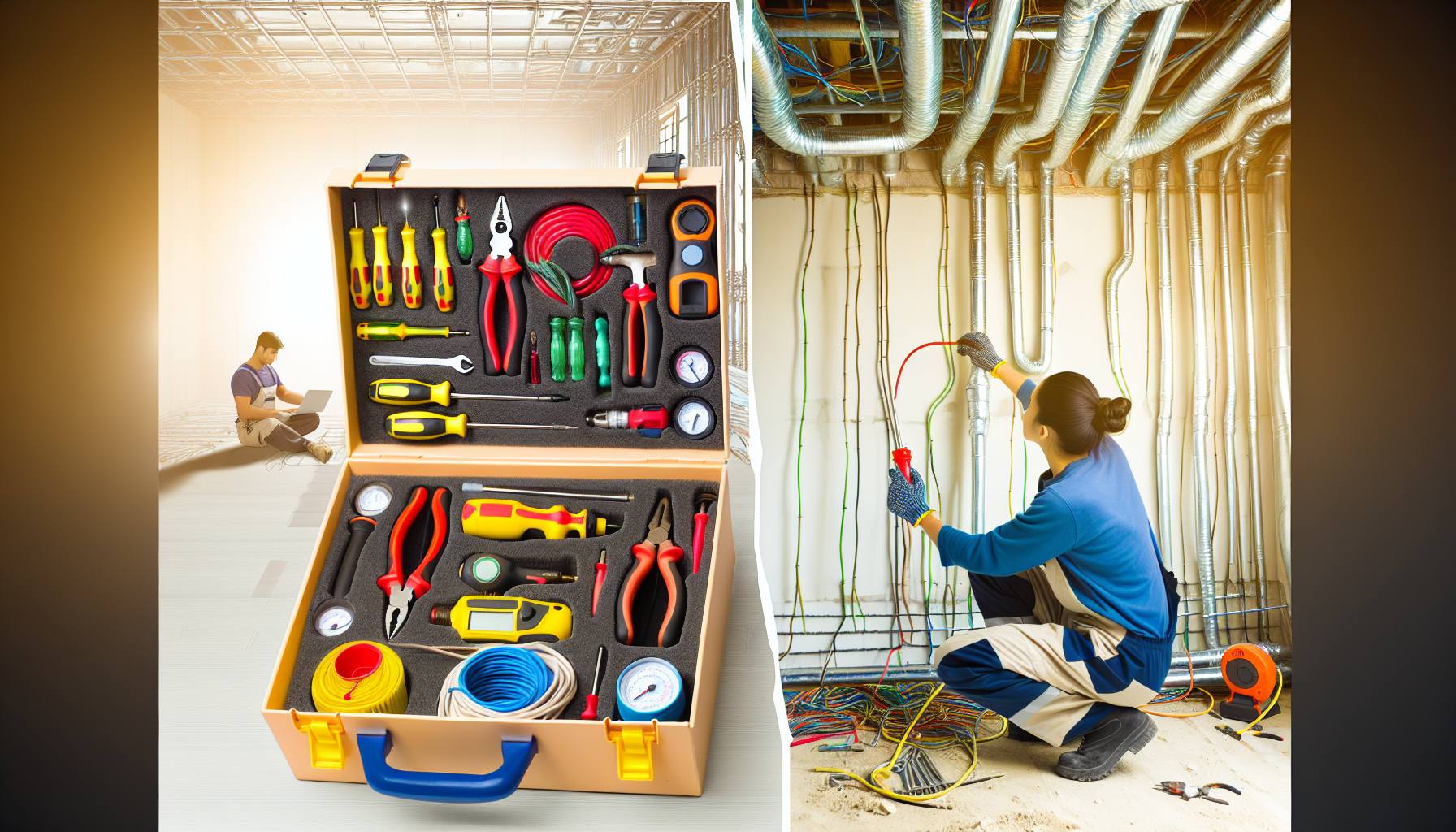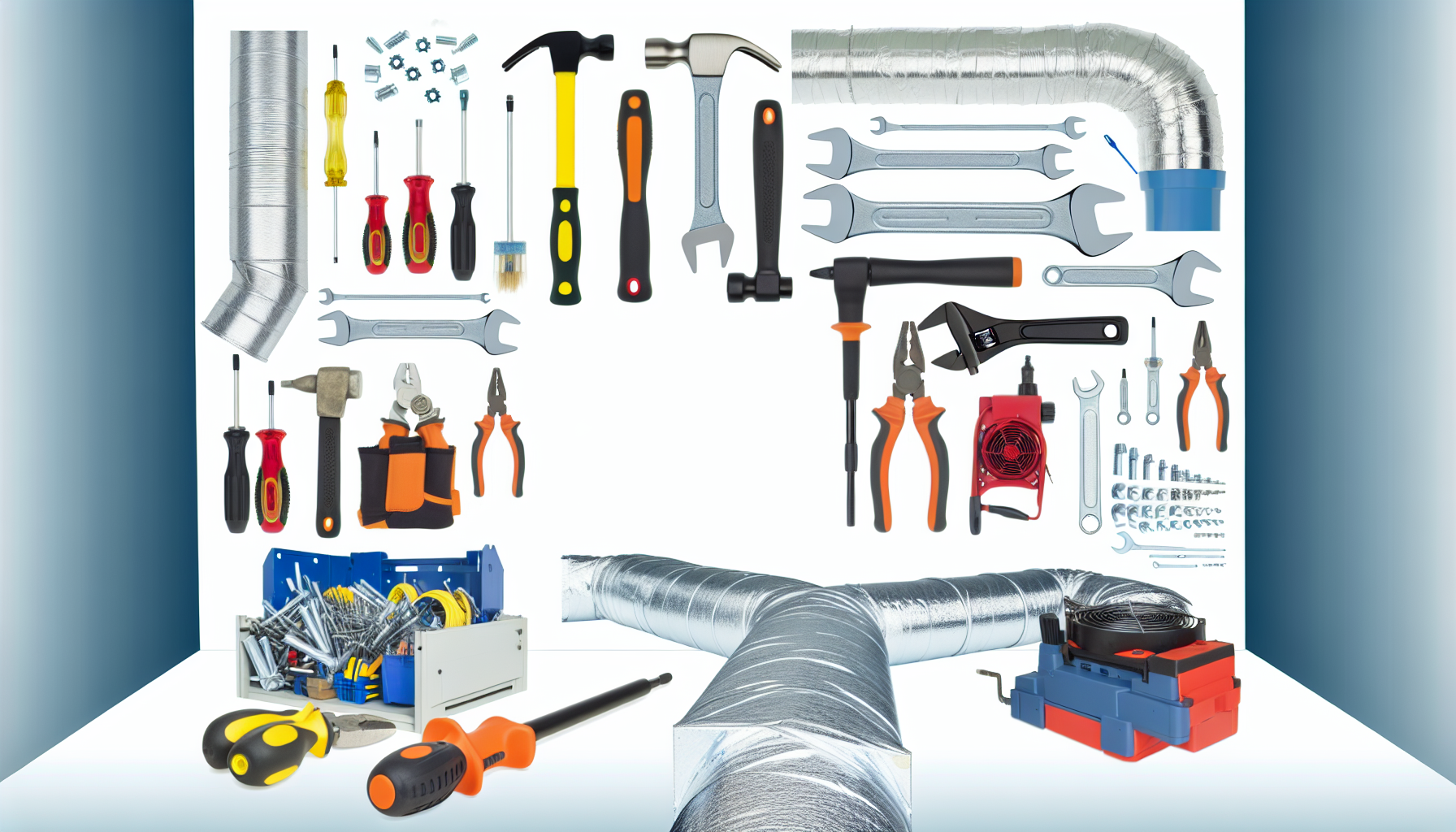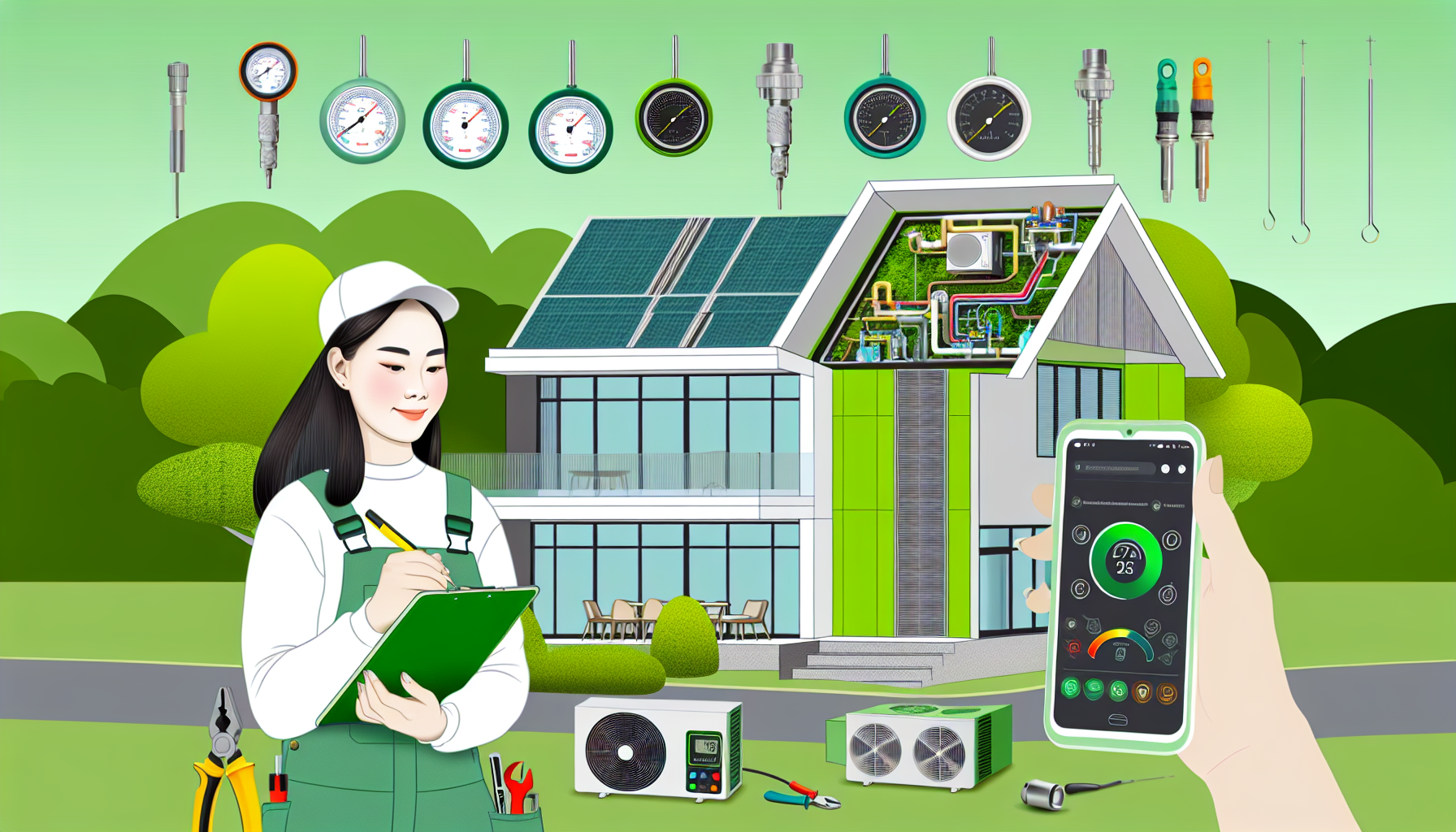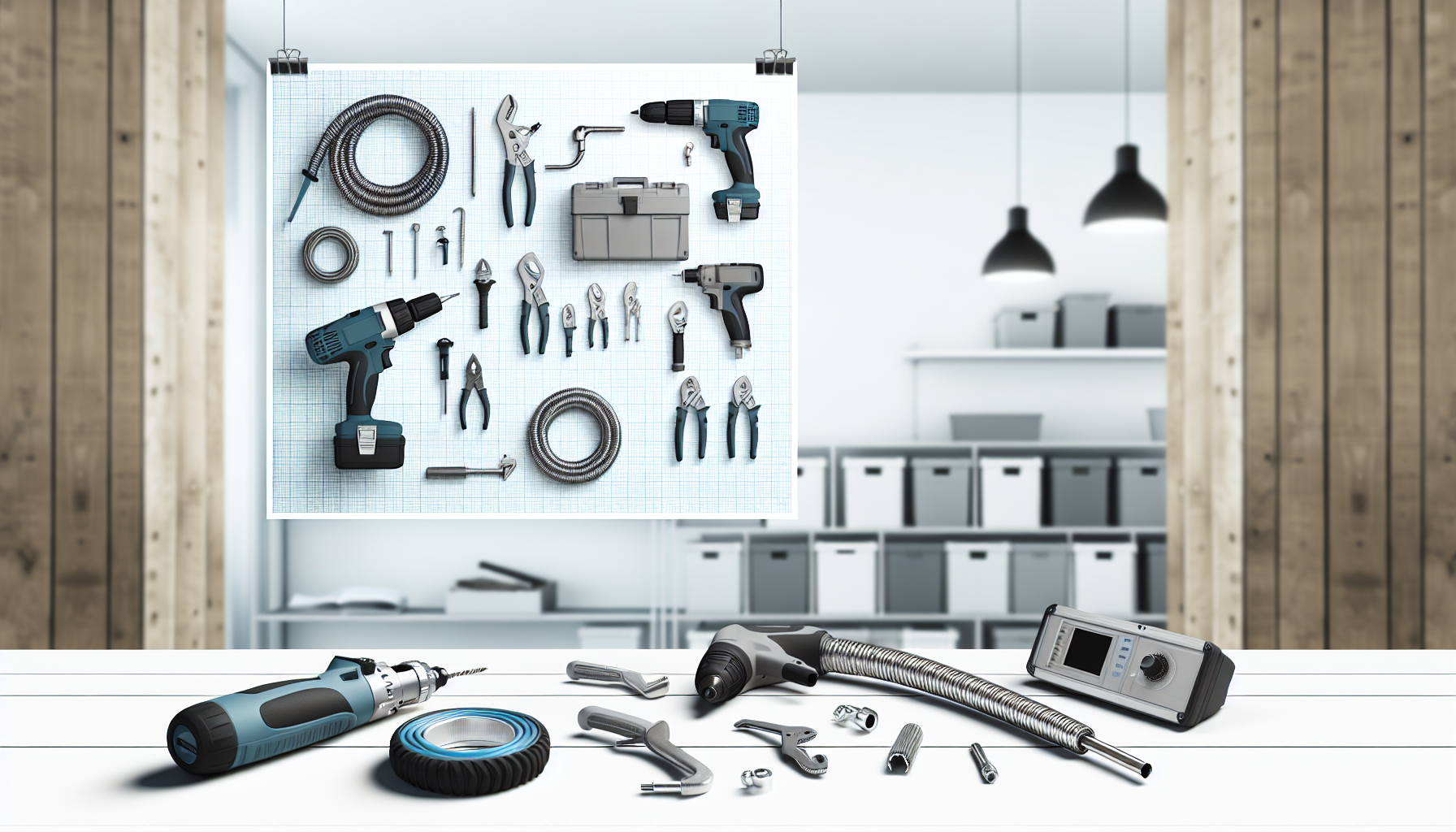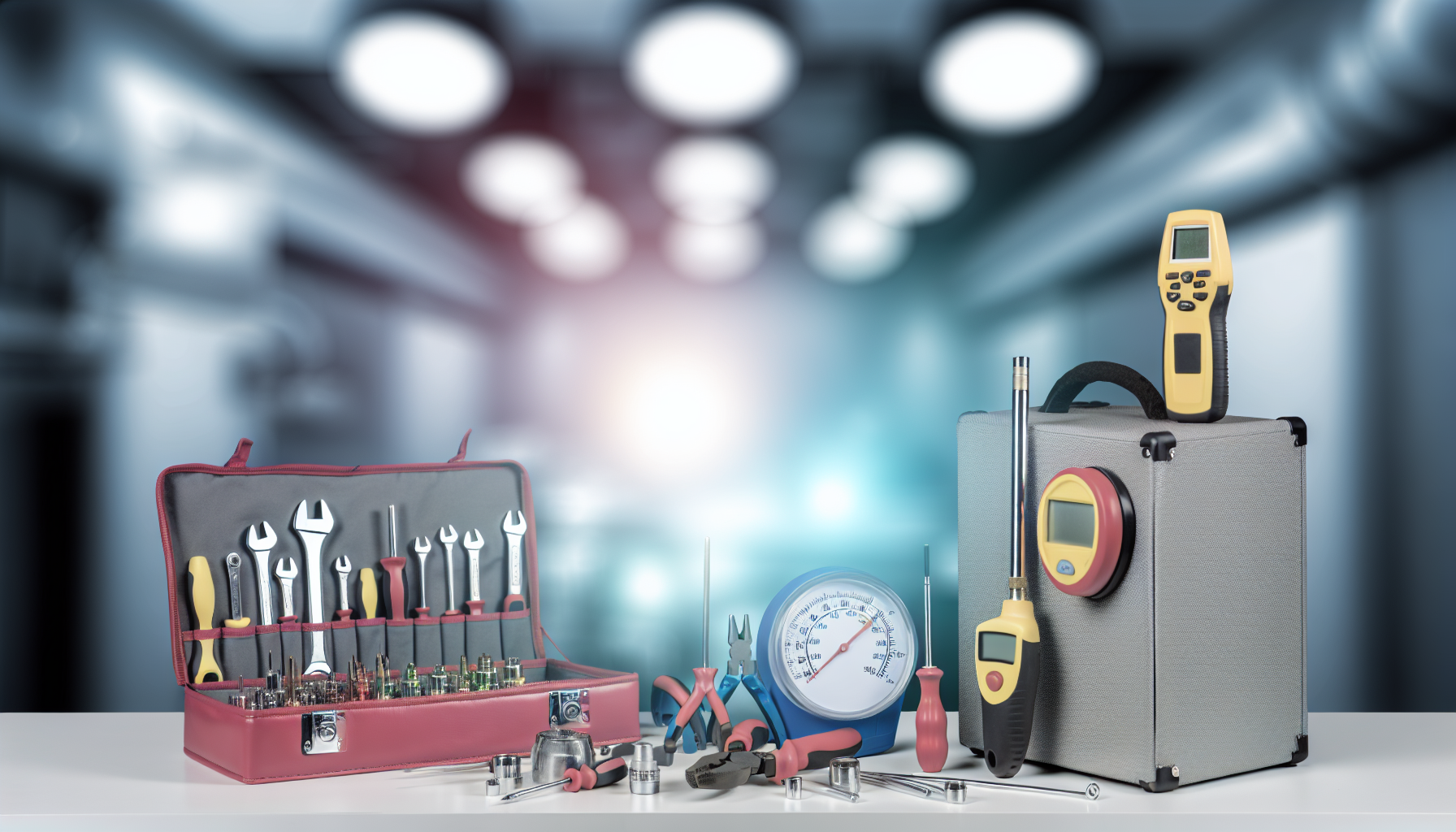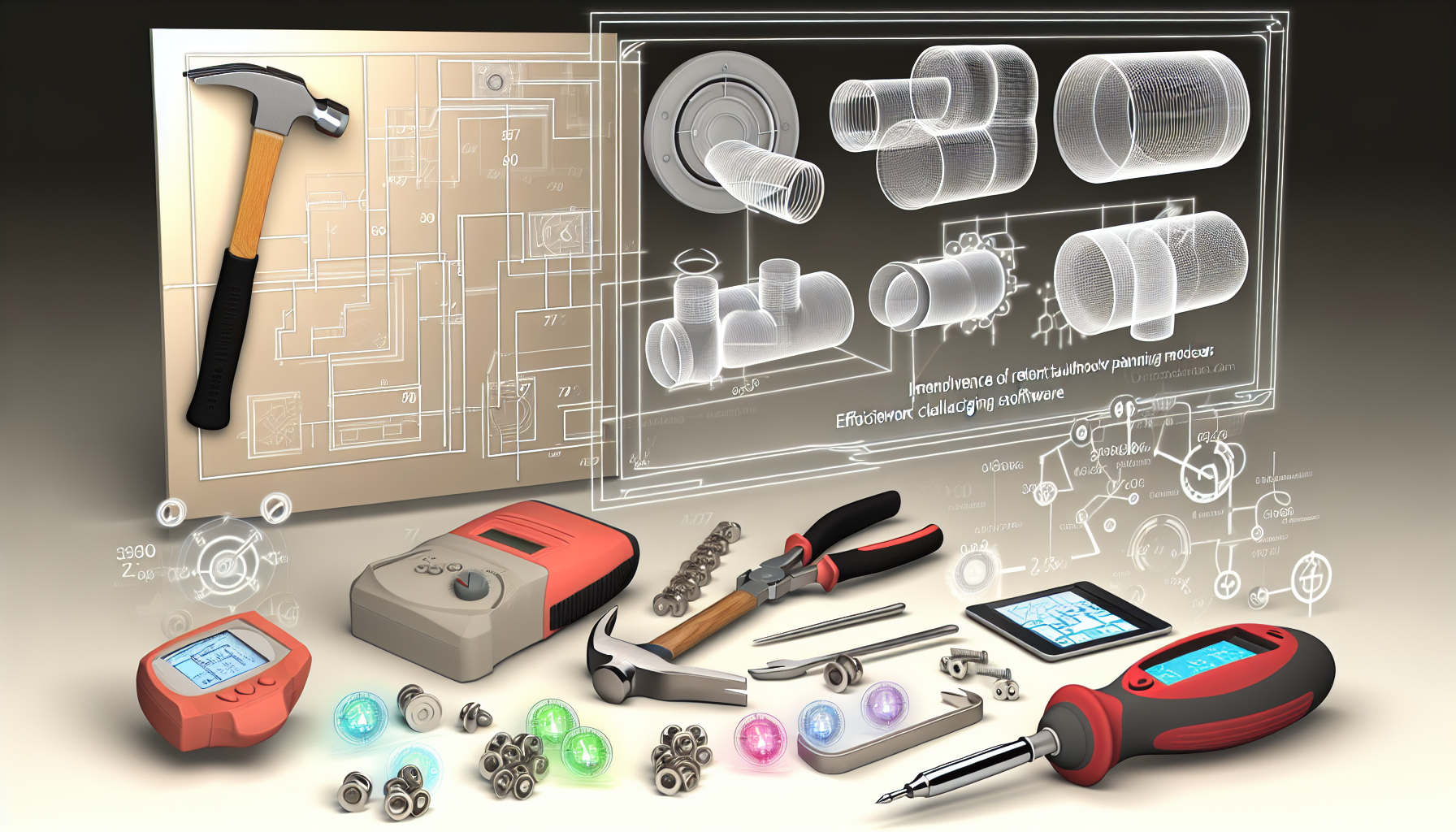The Key to HVAC Efficiency
If you’re looking to maximize the efficiency of your heating, ventilation, and air conditioning (HVAC) system, whether you are a DIY enthusiast or a skilled professional, you need to arm yourself with the right tools for installation and airflow measurement. Ceiling fans, air conditioners, chillers, or heaters, no matter the device, ensuring its peak performance saves energy and money in the long run. In this detailed guide, we’ll explore the essential tools that can help you achieve optimal energy efficiency in your HVAC installations.
Tools for Proper HVAC Installation
Proper installation of HVAC systems is critical for their efficient operation. Here’s a rundown of the essential tools you should have in your arsenal.
- Manifold Gauge Set: This tool is used to check pressure in HVAC systems, an essential task in ensuring proper installation and function.
- Refrigerant Scale: Accurate refrigerant charging is critical for HVAC efficiency, and a refrigerant scale lets you monitor the amount of refrigerant being used.
- Vacuum Pump: A vacuum pump is used to remove moisture and air from the HVAC system, which can improve efficiency and prevent corrosion.
- Core Removal Tool (CRT): This allows for the quick removal and replacement of valve cores, which can help avoid system contamination and ensure a tight system seal.
- Fin Comb: Bends in the fins on an HVAC unit can block airflow. A fin comb is used to straighten these fins, restoring efficient airflow.
- Leak Detector: To maintain HVAC efficiency, finding and fixing leaks is essential. A leak detector will help you to quickly pinpoint problems.
- HVAC Multimeter: Electrical issues can hamper efficiency. An HVAC multimeter can diagnose electrical problems including voltage, current, and resistance.
Improving Airflow and Measurement
Once you’ve ensured that your HVAC system is properly installed, the next step is to measure and improve airflow. Let’s take a look at tools designed for that purpose.
- Anemometer: This tool measures air velocity. It’s essential for checking if the HVAC system is providing the right amount of airflow to different areas.
- Balometer: To measure the volume of air being supplied by registers and diffusers, a balometer is the go-to tool. This can help with balancing the airflow in the HVAC system.
- Manometer: This measures the pressure difference between two points in the HVAC system, offering an insight into whether there are blockages or leaks affecting system performance.
- Velometer: For more detailed airflow measurements, particularly in ductwork, a velometer can be very useful. This can pinpoint areas where airflow may be compromised.
- Thermometer: Temperature readings are integral to measuring HVAC efficiency. An accurate thermometer can check air temperature at various points in the system.
- Duct Blaster: Used primarily in testing the leakage rate of ductwork, a duct blaster can quickly identify leaks that need sealing for maximum efficiency.
- Flow Hood: When you need to check the air volume over grilles, registers, or diffusers, a flow hood provides a fast and accurate measurement.
Maximizing HVAC Efficiency Through Proper Maintenance
Maintaining your HVAC system is as crucial as the initial installation for achieving and sustaining peak performance. Here’s what you’ll need to maintain optimal efficiency.
Critical Maintenance Tools
Keeping an HVAC system operating efficiently requires consistent maintenance. Tools such as precision screwdrivers for opening equipment, a sturdy ladder for accessing hard-to-reach components, and brushes for cleaning coils and other components are essential. However, keep in mind that proper knowledge and experience are necessary to maintain HVAC systems safely.
Boosting Efficiency through Smart Controls
One of the most impactful ways to improve your HVAC system’s efficiency is through smart controls. Thermostats that can be programmed for different times of day and climates can make a significant difference in energy consumption. Additionally, systems that can be controlled and monitored through smartphones can provide real-time data to fine-tune system performance.
FAQ: HVAC Efficiency and Tools
Why is HVAC efficiency important?
- HVAC efficiency is crucial for reducing energy consumption, lowering utility bills, and minimizing environmental impact. Efficient systems also provide better comfort levels and a longer lifespan for your HVAC equipment.
Can smart thermostats really improve HVAC efficiency?
- Yes, smart thermostats can improve HVAC efficiency by allowing more precise temperature control, learning your schedule, and adjusting temperatures accordingly. Some models can even generate energy usage reports to help you optimize settings for maximum efficiency.
How often should I perform maintenance on my HVAC system?
- It is recommended to perform HVAC maintenance at least twice a year, typically in the spring and fall, to prepare for the cooling and heating seasons. Regular filter changes, inspections, and cleanings are also vital to maintain efficiency.
What is the most common mistake affecting HVAC efficiency?
- The most common mistake is ignoring regular maintenance, which can lead to reduced airflow, increased energy consumption, and eventual system failure. Additionally, improper installation can have long-lasting effects on efficiency.
Do I need to hire a professional for HVAC maintenance?
- While there are some maintenance tasks homeowners can perform, such as changing air filters, professional maintenance is recommended to ensure the system works efficiently and safely. Technicians have specialized tools and training to provide comprehensive maintenance.



